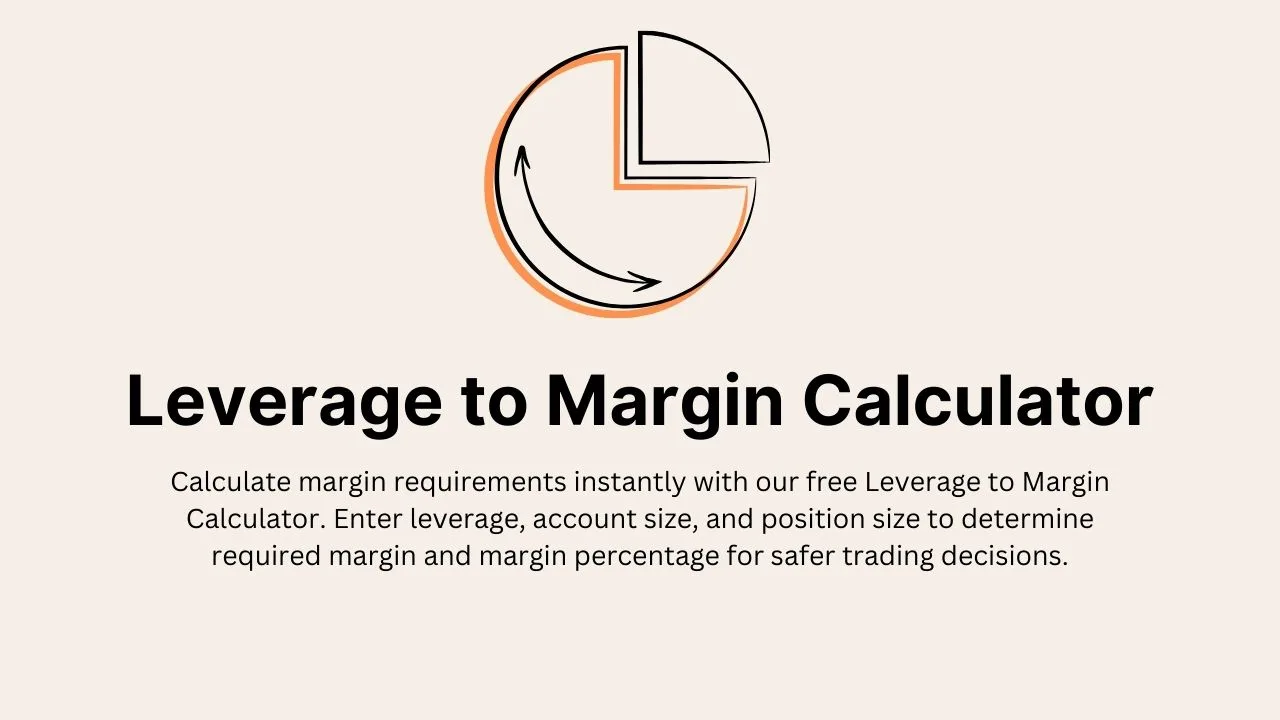Leverage to Margin Calculator
Free Leverage to Margin Calculator – Enter leverage, account & position size to instantly find required margin and percentage for safer trading.
Risk Analysis
Formulas:
Margin % = (1 / Leverage Ratio) × 100
Margin Required = Position Size × Margin %
Liquidation Price ≈ Entry Price × (1 - Margin %)
What is Leverage in Trading?
Leverage allows traders to control a larger position with a smaller amount of actual capital. It's expressed as a ratio, like 10:1, meaning you can trade $10,000 worth of assets with just $1,000 in margin.
Formula for Margin Percentage
To calculate how much margin is required for a given leverage ratio:
Formula:
Formula for Margin Required
Once you know your position size and the margin percentage, you can find out how much margin is needed to open that position:
Formula:
Formula for Effective Leverage
If you want to understand how much you're actually leveraging:
Formula:
Example Calculation
Let’s say:
- Leverage Ratio = 20
- Account Size = $5,000
- Position Size = $50,000
Step 1: Margin Percentage
Step 3: Effective Leverage
Final Notes
- Higher leverage increases both potential profit and risk.
- Make sure users understand liquidation risks and how much of their account they are truly using.
Frequently Asked Questions
1. What is leverage in trading?
Leverage allows traders to control a large position with a smaller amount of capital. For example, a 10:1 leverage means you can trade $10,000 with just $1,000 in margin.
2. How do you calculate margin from leverage?
Margin is calculated as the inverse of leverage. For instance, with 20:1 leverage, the required margin is
of the position size.
3. Why is margin percentage important?
Margin percentage helps determine how much capital you need to open and maintain a leveraged position. It also affects your risk exposure and potential liquidation point.
4. What happens if I don’t have enough margin?
If your margin balance falls below the required level, your broker may issue a margin call or automatically close your positions to prevent further losses.

Related Calculators
Help Improve This Tool
Your suggestions help us make better tools for everyone.